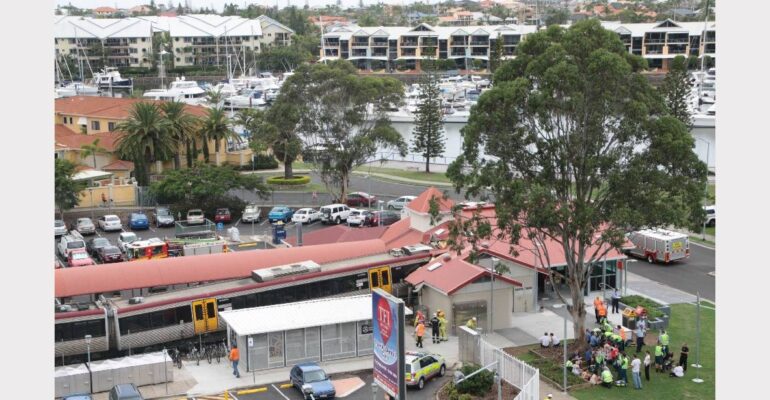
Cleveland train after crashing into Cleveland Station 31 January 2013 – Photo Redland City Bulletin / Chris McCormick
Ten years ago, at 9:38 am on Thursday 31 January 2013, the Cleveland Train crashed into the end of line buffer at 31 km/hour and kept going into the Cleveland Station building where it came to rest.
The derailed train destroyed the Mens toilet which fortunately was unoccupied at the time. A girl in the Ladies toilet escaped serious injury.
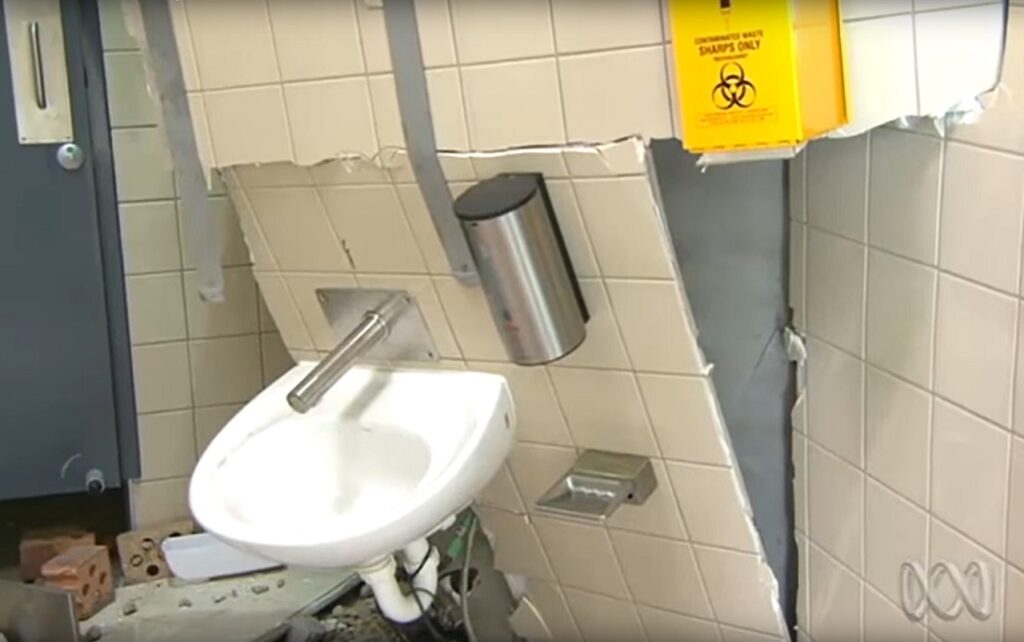
Nineteen people were on the train when it crashed – the Driver, seventeen passengers and the Guard. Four members of the public and four Queensland Rail staff were at the Cleveland Station when the incident occurred.
Fourteen people suffered minor injuries according to an ABC News story.
Redland Hospital treated ten people for minor injuries and/or shock reported the Redland City Bulletin.
This was a big news story, covered extensively by local and Australian media including this ABC TV story with images of the damage and comments from Police Superintendent Jim Keogh.
Half way around the world, BBC News published this story, including some aerial views:
Derailed train smashes into Cleveland station in Brisbane, Australia
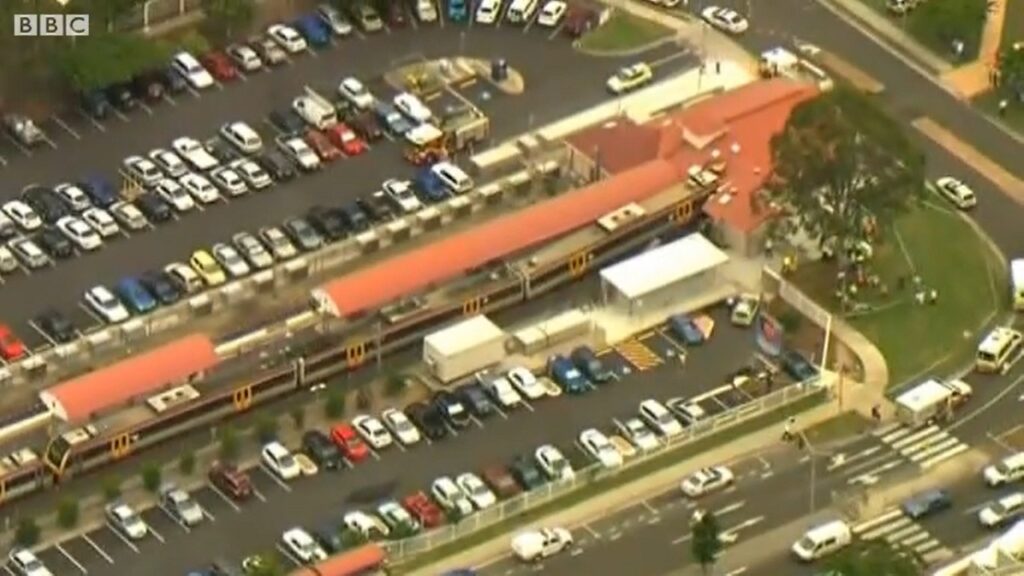
A $1.2 million refurbishment of Cleveland Train Station was completed just a few weeks previously in November 2012.
Picking up the pieces
Train services to Cleveland were suspended for three days.
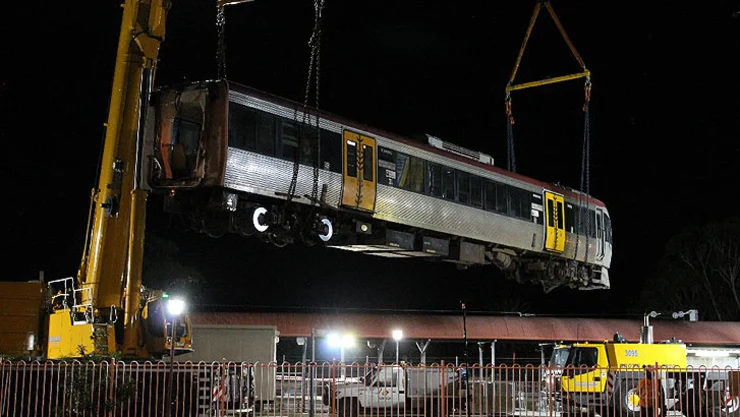
The crashed train was removed in the early hours of Friday 1st February.
Pictures of the crashed train being removed from the accident scene were published by the Redland City Bulletin.
On the morning of Sunday 3rd February Transport Minister Scott Emerson announced that train services from Cleveland had resumed. “The first train departed Cleveland station this morning so it is back to business as usual for passengers just in time for the Monday morning peak” he said.
Investigating the train crash
The crash was investigated by the the Australian Transport Safety Bureau (ATSB) at the Queensland Government’s request.
A preliminary report by ATSB in mid March 2013 found that the crash was most likely the result of leaf matter on the rail track.
This finding was confirmed when ATSB released its final report in December 2013.
The final ATSB report included the following findings:
The ATSB’s investigation found that local environmental conditions had resulted in the formation of a contaminant substance on the rail running surface. This caused poor adhesion at the contact point between the train’s wheels and the rail head. The braking effectiveness of train T842 was reduced as a result of reduced adhesion and the train was unable to stop before hitting the end-of-line buffer stop.
The ATSB concluded that Queensland Rail’s risk management processes prior to the accident had not adequately assessed, recorded, managed and communicated the risks associated with operating trains on their network under low adhesion conditions.
In addition, Queensland Rail had not undertaken exercises to test the preparedness and effectiveness of their emergency management system. Shortfalls were identified in the response to the accident with respect to internal communications within train control and between staff at Cleveland station which resulted in incomplete information being provided to key personnel.
The ATSB noted that southeast Queensland had received heavy rain in the days leading up to the Cleveland train crash due to a low pressure system formerly Tropical Cyclone Oswald.
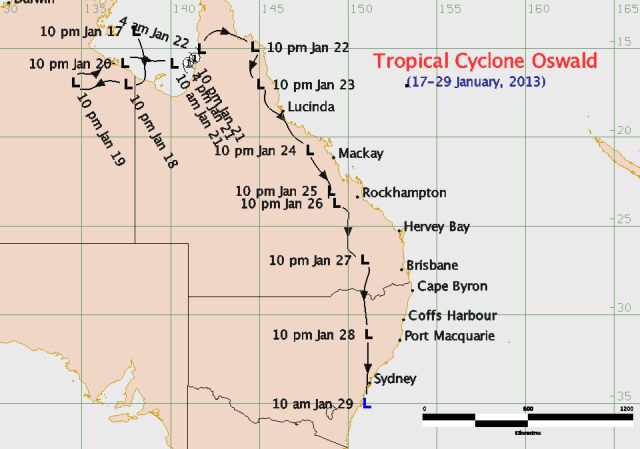
The Cleveland Line was closed from the afternoon of 27 January 2013 until early morning on 31st January 2013.
On the morning of the accident, three earlier trains had experienced slippery rails which caused them to overshoot the platform at Ormiston (the station before Cleveland).
The State Government reacted to the final report by announcing that Queensland Rail would roll out new sanding systems on 64 trains as part of an extensive program to improve grip between the wheels and rail lines.
Redlands2030 – 31 January 2023
Please note: Offensive or off-topic comments will be deleted. If offended by any published comment please email thereporter@redlands2030.net